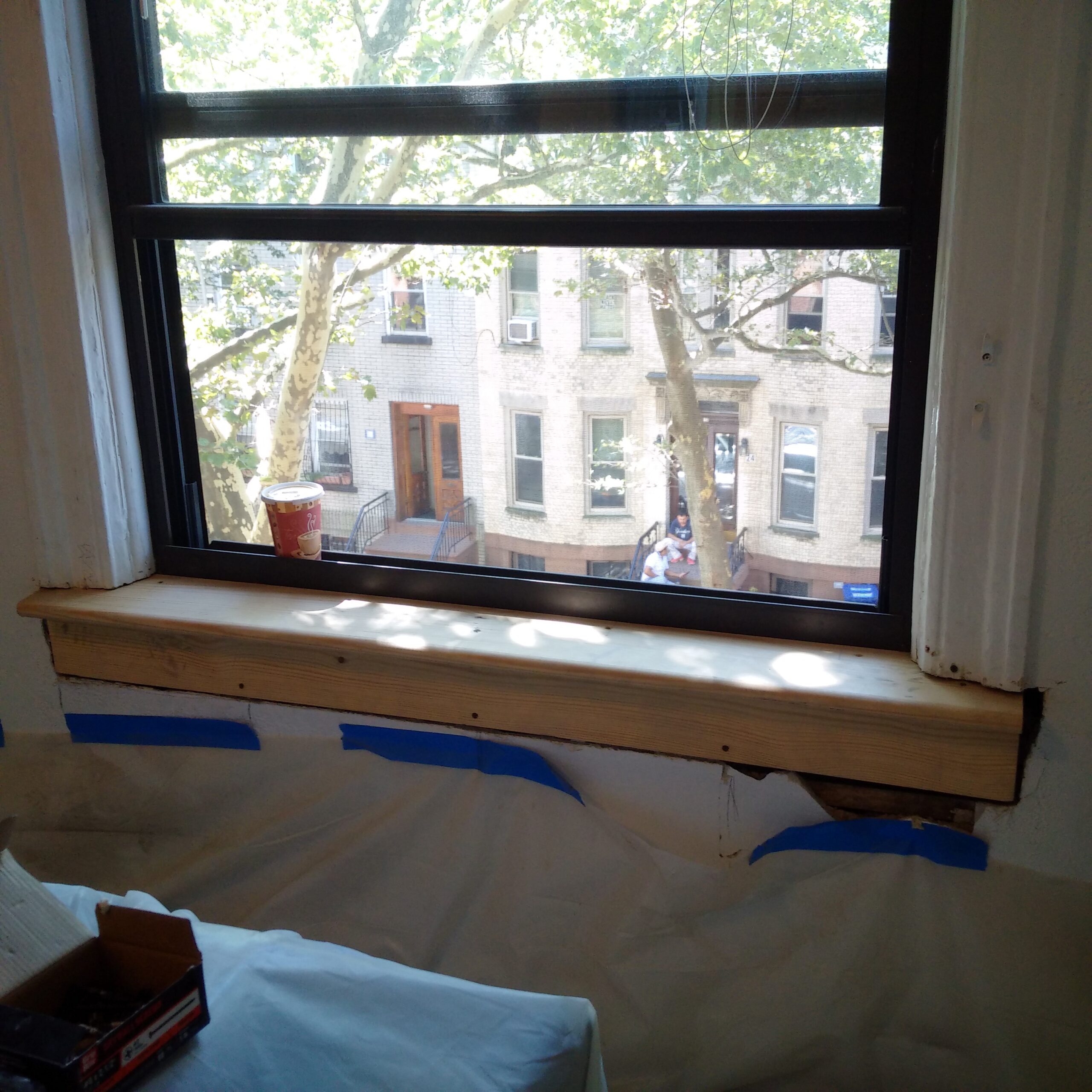Expert Lead Violation Removal in NYC-- Safeguard Against Health Hazards
Expert Lead Violation Removal in NYC-- Safeguard Against Health Hazards
Blog Article
Vital Tools and Techniques for Efficient Lead Violation Cleanup
Addressing lead offenses properly requires a detailed method that blends the right devices with critical methods. The initial step involves outfitting employees with Personal Protective Tools (PPE) to guard their wellness. Concurrently, using specialized cleanup devices, such as HEPA vacuums and lead-specific cleaning representatives, is necessary for complete pollutant removal. Efficient control techniques, including plastic sheet and negative air stress systems, are necessary to stop the spread of hazardous products. Additionally, secure disposal methods and strict adherence to governing guidelines make certain accountable handling of toxic waste. What are the nuanced methods that truly make a distinction?
Individual Safety Equipment
Personal protective devices (PPE) is a vital component in the reliable monitoring of lead contamination clean-up. The vital PPE for lead clean-up consists of respirators, safety garments, handwear covers, and eye security.
Respirators, especially those equipped with HEPA filters, are crucial for filtering airborne lead particles, protecting against breathing. Safety clothes, including coveralls and non reusable fits, prevents lead dirt from sticking to employees' garments, decreasing the danger of secondary contamination.
Additionally, rigorous training on the correct use and maintenance of PPE is essential. Employees have to be enlightened on donning and doffing procedures to prevent contamination. Regular evaluations and substitutes of PPE elements are needed to maintain their protective abilities, ensuring a risk-free and certified clean-up operation.
Specialized Cleanup Equipment

An additional vital device is the wet/dry vacuum cleaner, which can efficiently tidy up both dirt and liquid impurities. These vacuum cleaners often feature HEPA filters to give an added layer of security. Damp cleans or tack cloths are also essential for surface area cleansing; they are especially designed to record and hold lead bits, reducing the danger of spreading contamination.
For even more stubborn deposits, specialized lead-removal cleansing representatives are required. These agents are developed to damage down lead bits, making them less complicated to eliminate. Scrub brushes with sturdy bristles can assist in this procedure, particularly on rough surfaces where lead dirt tends to stick extra highly.
Furthermore, encapsulants are utilized to secure lead-contaminated surface areas, avoiding the release of lead dust. These specialized paints and coverings are designed to comply with numerous substratums, supplying a long-lasting service for lead containment.
Effective Containment Methods
Reliable control approaches are vital in mitigating the spread of lead contamination during cleaning activities. Executing durable control methods ensures that lead fragments do not move to unaffected locations, thus securing both employees and the atmosphere. One main method is using plastic sheet to seal contaminated areas. Durable polyethylene barriers can be mounted from flooring to ceiling to produce a regulated work area, dramatically reducing the danger of air-borne lead dust dispersal.

To enhance containment, encapsulants can be put on surfaces that are not being eliminated or disrupted. These specialized finishings bind lead dust, reducing its accessibility for resuspension. Additionally, all workers should put on proper Personal Protective Equipment (PPE), including respirators and disposable suits, to stop contamination spread.
Safe Disposal Practices
Guaranteeing secure disposal techniques is an essential component in the administration of lead contamination cleaning. Correct disposal mitigates the risk of lead re-entering the setting and jeopardizing public health. The initial check this action is to identify and segregate lead-contaminated waste from various other materials. Secure control utilizing sturdy, leak-proof containers is necessary to prevent spillage throughout transport.
Transferring lead waste needs adherence to stringent standards. Making use of qualified contaminated materials carriers guarantees that the materials are managed properly. Paperwork, consisting of materializes outlining the kind and quantity of waste, should accompany shipments to track the waste from the website of beginning to its last disposal location.
Designated contaminated materials disposal centers are outfitted to take care of lead-contaminated products securely. These facilities typically utilize sophisticated techniques such as stabilization, solidification, that site or chemical treatment to neutralize the lead prior to disposal. Landfilling in specialized, lined locations that stop leachate from polluting groundwater is a typical practice for final disposal.
Normal training for employees included in lead waste disposal is essential to maintain safety and security criteria and avoid unintentional exposure. By sticking to these methods, organizations can dramatically minimize the environmental and health influences connected with lead contamination.
Regulatory Compliance Tips

Sticking to governing compliance is paramount in the effective execution of lead contamination cleaning. Comprehending and following government, state, and local laws makes certain not only the safety and security and health and wellness of individuals however also the lawful and financial wellness of the cleaning organization. The Epa (EPA) establishes strict criteria, such as the Lead Remodelling, Fixing, and Painting (RRP) Regulation, which mandates proper qualification and training for contractors managing lead-based activities.
Conformity starts with a thorough assessment of suitable regulations and regulations. Organizations should remain upgraded on any kind of legal changes, which can be helped with with routine training sessions and registering for sector updates. Documents is another crucial compliance element; preserving in-depth documents of all tasks, consisting of assessment records, worker training logs, and disposal materializes, is crucial.
In addition, involving with licensed lead assessors or take the chance of assessors makes certain that lead threats are appropriately recognized and minimized. Companies need to implement making use of Personal Protective Equipment (PPE) and ensure link that safety and security methods are purely complied with. Finally, transparent communication with stakeholders, consisting of workers, clients, and regulatory bodies, will cultivate a society of conformity and liability, eventually adding to a safer and extra effective lead clean-up process.
Verdict
Reliable lead violation clean-up demands the integration of specialized tools and critical methodologies to make sure safety and security and efficacy. Personal protective tools (PPE) safeguards employees from exposure, while risk-free disposal methods and rigorous adherence to regulatory compliance are vital for sensibly taking care of hazardous waste.
Report this page